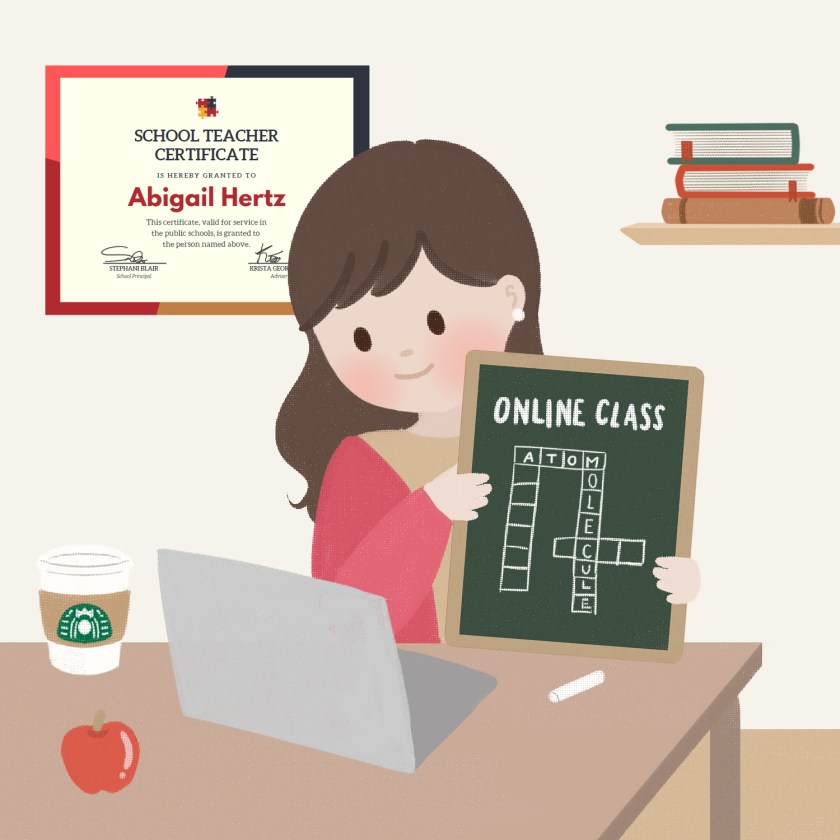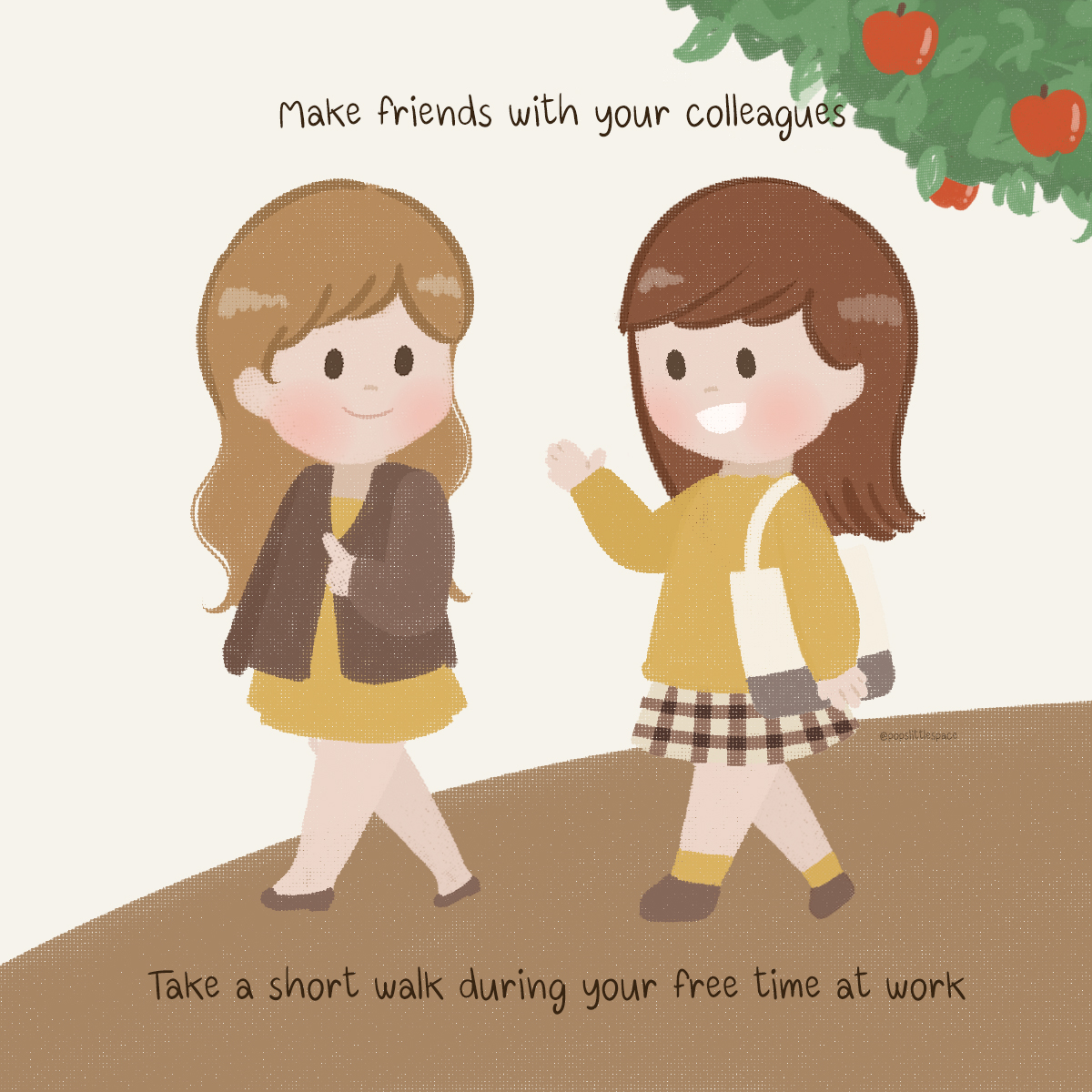richardjamesrogers.com is the official blog of Richard James Rogers: high school Science teacher and award-winning author of The Quick Guide to Classroom Management. This blog post is illustrated by Pop Sutthiya Lertyongphati.
We’re facing tough times as teachers during a pandemic right now. In today’s exclusive guest blog post, Tayla Elson (who’s a UK-based Newly Qualified Teacher and Blogger) shares her tips for succeeding as an educator during Covid. Enjoy!
Hey! My name is Tayla and I was asked by Richard to write a short piece on teaching from the NQT standpoint. It is not my full intention to write from a pandemic standpoint, but as someone who lost half of my training year to Lockdown 1, barely survived face to face teaching in Lockdown 2 and is now teaching online during Lockdown 3 – it’s all I’ve really got. And it’s been hard. So, I wanted to used this time to give you my top tips, from a realistic standpoint. We haven’t got the privilege right now to talk inspirational classrooms and a roaming classroom presence so I’m going to try and be a bit more practical and honest.
#1: Remember how you got here. Just like your peers you trained hard to get here, and no one trained for this, and we’re doing the best we can. A year on, it is easy to forget that we are all living through a crisis, we cannot be expected to work and live ‘as normal’ right now. So, stop feeling guilty that you’re not.
#2: Be Creative. This is probably one of the hardest things, both right now whilst we are teaching online, but also when you’re faced with a really difficult group. It always feels safer to teach in a simpler, easier way, but often times it is when I have been a bit more creative and daring that it has paid off the most. Teach in a way that gets you excited, especially with the groups that are the hardest to teach. Smile, show them you care.

#3: Teach the basics. It almost feels criminal to add this as a tip as it is something I have only just (stupidly) realised for myself, but I wanted to include it in case, like me, you just had no idea. We are there to teach our students, we often know our subject well, and of course we know we need to teach students how to behave. But after focusing on how to improve my behaviour management, a book highlighted something pretty obvious to me. We need to teach students what good behaviour looks like. For some students, they simply do not know what it looks like, so how can we expect them to just do it when we ask? So, I have included this in the list, teach them the basics. This will be my sole focus when we return to face to face teaching. The basics. Right from the start, the simplest of actions. That’s something they really don’t teach you in your training year.
#4: This is a career. Remember what this job really is, no one is expecting you to become an amazing teacher in your first year. That’s why they say it is the hardest teaching year. Comparison is the thief of joy. I often find myself comparing my own teaching abilities to those around me, those that have behaviour management in the palm of their hand, those that are organised beyond belief and those that have simply been in the school for a much longer time. THESE THINGS WILL COME. They just take time; this career is not a quick fix – accept it and work hard to improve in the long run.

#5: Breathe. If you’ve made it this far through the blog post without breathing, then I really suggest you take a deep breath right now! Some days will be hard, some days will be so hard you cry after your first lesson of the day, or you cry at home wondering what the heck you are doing trying to be a teacher. And yes, I am totally speaking from personal experience. This job is hard. But we’re all here for a reason, so just breathe through it and keep turning up. And remember: we are living through a global crisis, this is not normal. No-one is expecting you to work as it is.

So, if you’ve made it this far (and taken that deep breath we talked about) then I would like to thank you! Thanks for taking the time to listen to the panic-stricken reality of a very much bewildered NQT. I am currently an NQT at a secondary school in Worcestershire, teaching Geography as my subject specialism as well as some History to year 7. I write on my own blog, which you may have guessed is more ramblings, and tweet sometimes too.
We welcome you to join the Richard James Rogers online community! Join us on Facebook and Twitter for regular updates, giveaways of Richard’s books, special offers, upcoming events and news.


























































